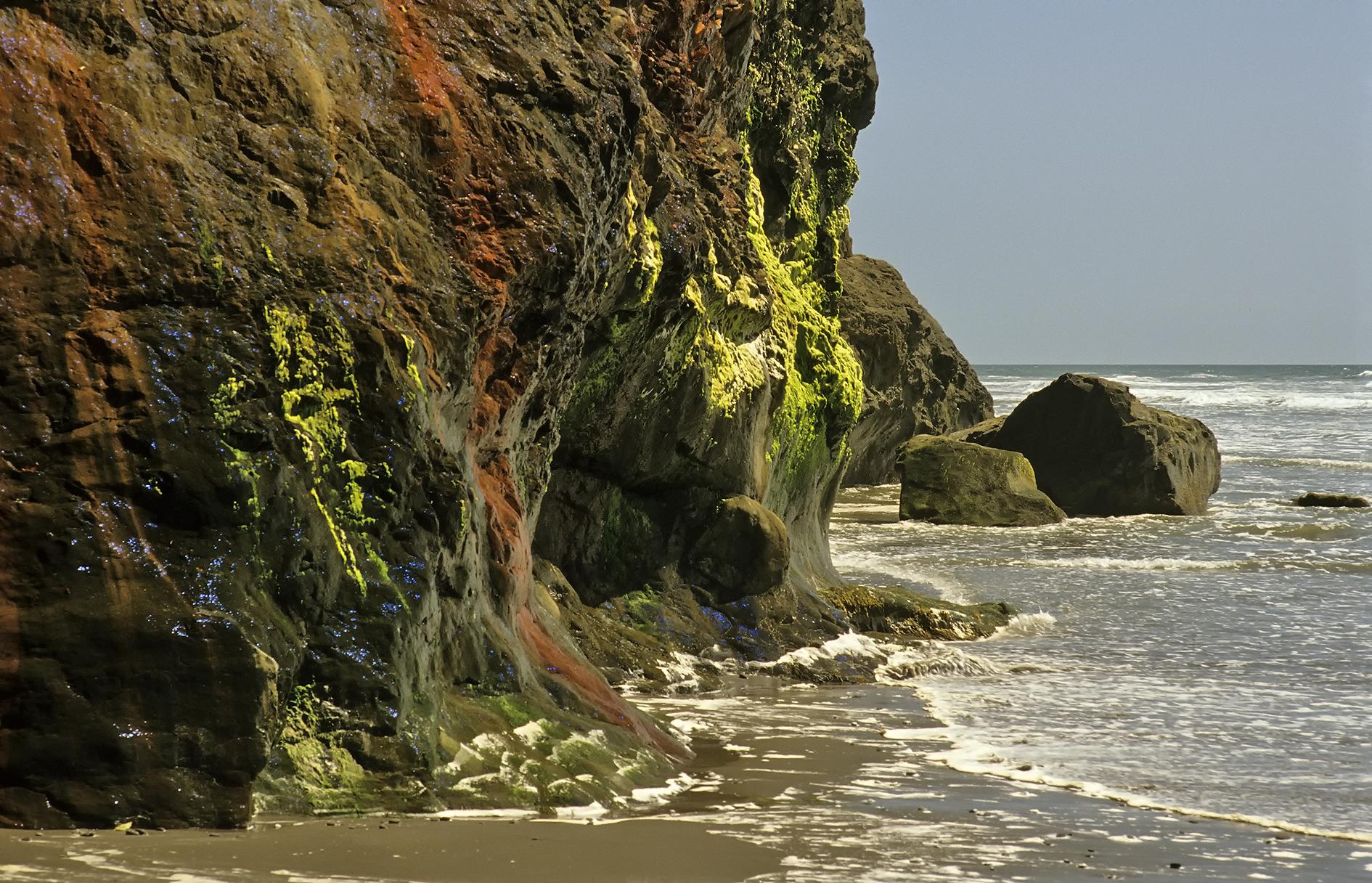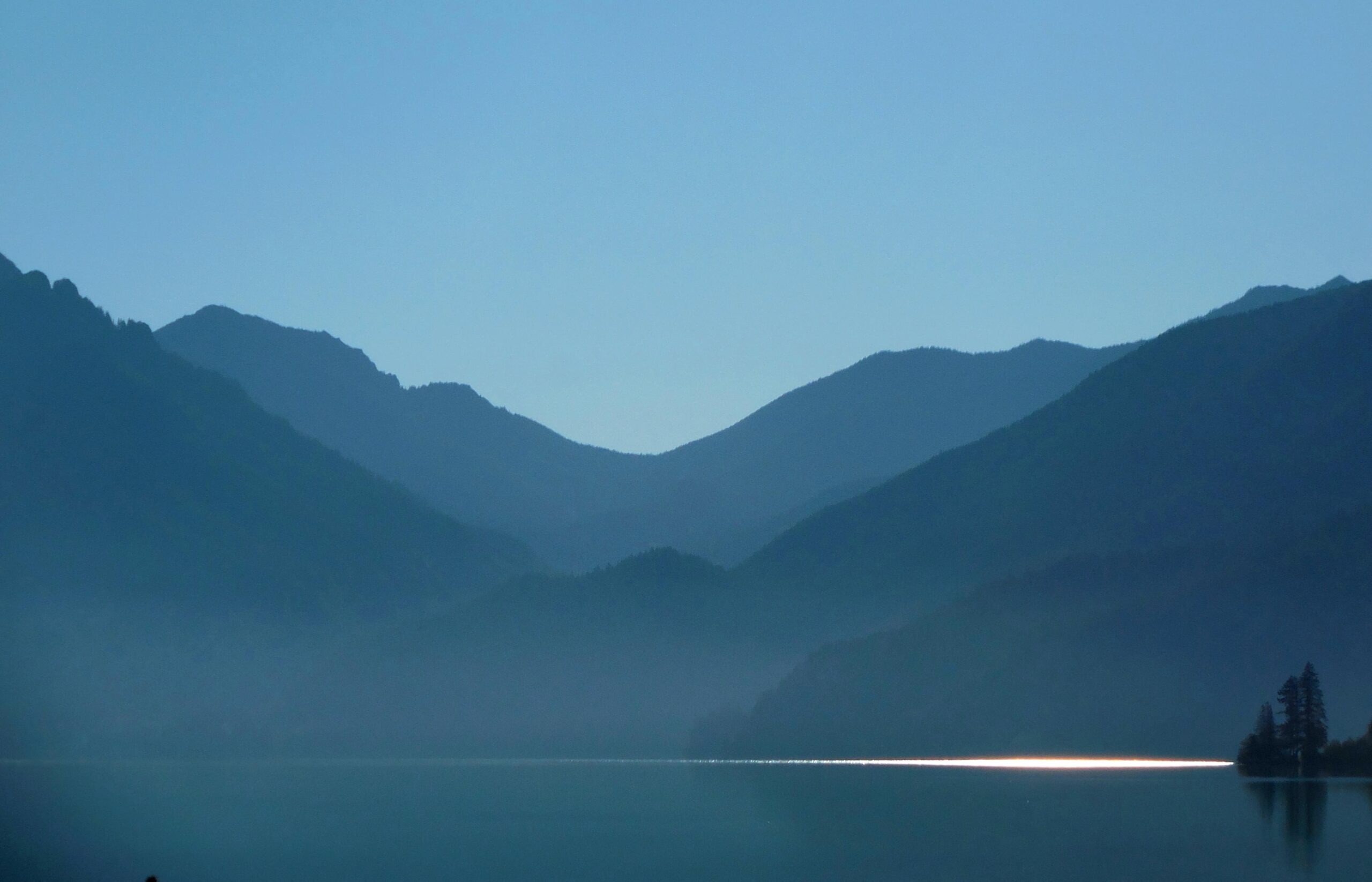The Sitka Nature Trail in Olympic National Park, often associated with the Hoh Rain Forest, offers visitors a unique opportunity to explore one of the most pristine temperate rainforests in the United States. This 1.2-mile loop trail showcases the park’s diverse ecosystem, featuring towering Sitka spruce trees, lush undergrowth, and a variety of wildlife. The trail provides an accessible and educational experience for visitors of all ages, making it a popular destination within the park.
What Are the Key Features of the Sitka Nature Trail?

The Sitka Nature Trail, more commonly known as the Spruce Nature Trail, boasts several notable features:
- Length: Approximately 1.2 miles
- Trail Type: Loop
- Difficulty: Easy
- Elevation Gain: Minimal
- Highlights:
- Hoh River viewpoint
- Lush riverside meadows
- Ancient Sitka spruce trees
- Diverse flora and fauna
This trail can be combined with the Hall of Mosses Trail for a more extended hiking experience, offering visitors a comprehensive view of the Hoh Rain Forest’s ecosystem.
How Accessible Is the Sitka Nature Trail?

Accessibility is a key consideration for many visitors to Olympic National Park. The Sitka Nature Trail and surrounding areas offer several features to accommodate visitors with diverse needs:
- Wheelchair Access:
- The Hoh Rain Forest Visitor Center and nearby picnic areas have packed, level paths suitable for wheelchairs.
-
Some portions of the trail may be wheelchair accessible, though specific details are limited.
-
Parking:
- Available near the Hoh Rain Forest Visitor Center
-
Number of spots not specified
-
Amenities for Visitors with Disabilities:
- Wheelchair-accessible bathrooms
- Drinking fountains
- Loaner wheelchairs
- Assistive listening devices
- Audio descriptions
- ASL interpreters (by advance reservation)
What Makes the Sitka Nature Trail Ecologically Significant?
The Sitka Nature Trail, situated within the Hoh Rain Forest, is part of a unique and vital ecosystem:
- Temperate Rainforest:
- One of the best-preserved examples in the United States
-
Receives up to 14 feet of rain annually
-
Diverse Flora:
- Giant trees: Sitka Spruce, Red Cedar, Big Leaf Maple, Douglas Fir
-
Dense understory of mosses and ferns
-
Ecological Processes:
- Continuous cycle of tree growth and decay
-
Nutrient-rich soil supporting a complex food web
-
Habitat:
- Home to numerous species, including endangered Northern Spotted Owl
What Wildlife Can Visitors Expect to See Along the Trail?
The Sitka Nature Trail offers excellent opportunities for wildlife viewing. Here’s a table of common species visitors might encounter:
| Species | Frequency | Best Time to Observe |
|---|---|---|
| Roosevelt Elk | Common | Year-round, especially in meadows |
| Black Bears | Occasional | Spring through fall |
| Banana Slugs | Very Common | Year-round, especially in damp conditions |
| Barred Owls | Occasional | Dawn and dusk |
| Canada Grey Jays | Common | Year-round |
| River Otters | Occasional | Near water bodies |
| American Robins | Common | Spring and summer |
Less frequently seen animals include:
– Bobcats
– Mountain Lions
– Various rodents
– Snakes
– Salamanders
How Does the Trail Experience Change with Seasons?
The Sitka Nature Trail offers unique experiences throughout the year:
- Spring:
- Increased wildlife activity
- Blooming understory plants
-
Higher water levels in the Hoh River
-
Summer:
- Lush, green forest
- Warmer temperatures
-
Peak tourist season
-
Fall:
- Changing colors of deciduous trees
- Increased elk activity during rutting season
-
Cooler temperatures and occasional fog
-
Winter:
- Quieter atmosphere with fewer visitors
- Potential for snow at higher elevations
- Some animals less active or in hibernation
What Should Visitors Know Before Hiking the Sitka Nature Trail?
Preparation is key for an enjoyable experience on the Sitka Nature Trail:
- Trail Conditions:
- Natural surface (dirt, possibly some boardwalks)
-
Can be muddy and slippery, especially after rain
-
Weather:
- Check forecast before visiting
-
Be prepared for rain at any time of year
-
Gear:
- Waterproof hiking boots
- Rain jacket
- Layers for changing temperatures
-
Insect repellent (especially in summer)
-
Safety:
- Stay on designated trails
- Do not approach or feed wildlife
- Carry water and snacks
-
Inform someone of your hiking plans
-
Leave No Trace:
- Pack out all trash
- Do not remove plants or other natural objects
By following these guidelines, visitors can ensure a safe and responsible experience while enjoying the unique ecosystem of the Sitka Nature Trail in Olympic National Park.

